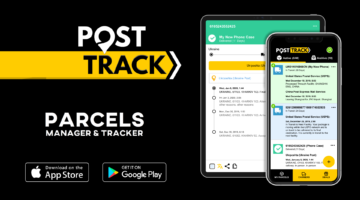A true omnichannel strategy is about more than just using multiple ways to communicate with customers. It’s about leveraging each of those channels to the point where they become something more powerful as a collective than any of them could be as individuals.
Getting to this point isn’t difficult, but it does require you to develop and execute your strategy with an eye toward diversity. This is true both in terms of what channels you’re utilizing to communicate with your audience and, more critically, how.
The Challenges of Unifying Various Messaging Platforms
By far, one of the biggest challenges with creating an omnichannel messaging strategy involves bringing together a lot of disparate channels and platforms that were never really designed to integrate in the first place.
When a customer chooses to interact with a brand via SMS text message, they shouldn’t have to repeat themselves or “restart” the experience if they next choose to interact on Facebook or some other social media site. If they call in to get an answer to an account-related question, they shouldn’t have to provide basic information they already have over email.
Every omnichannel communication method needs to feel like an extension of a larger whole, which can be difficult if your strategy treats data sharing and the centralization of information as an afterthought.
Likewise, the point of embracing omnichannel e-commerce best practices at all has to do with creating the most customer-centric experience you can. It should all be about making things better and more enjoyable for the user. The goal should be to give them access to the information they want, when and where they want it, with no exceptions. By now, most people have had an experience where support options with a brand are limited to just one or two digital channels, like a virtual “Help Desk,” which isn’t helpful.
This makes people less likely to engage with a brand in the future because they know it will be difficult, if not outright impossible, to get the support they want.
Modern Problems Call for Modern Solutions
These challenges also underline the solution of using an omnichannel software platform like Mitto. By design, these options help address many of the issues outlined above, giving you a rock-solid foundation from which to build moving forward.
An omnichannel communication platform can act as a centralized source of data – a “single source of truth” – for your entire enterprise. It doesn’t matter how a customer chooses to interact with a brand or who they interact with, as all employees have access to the same information, so every interaction can move the relationship forward instead of holding it back. Real-time synchronization makes sure that as soon as a customer experience ends, that insight is updated everywhere at once. Employees don’t have to spend time looking for that data, so they can focus more on acting on it.
By taking action and embracing an omnichannel software platform, you also give customers access to the diversity they seek concerning how they interact with a brand. Do they want to start a relationship in a store, continue it online, pay for a purchase using SMS text messaging, and get customer support if needed over social media? With a true integrated omnichannel strategy, they can. They can take advantage of any combination of those things and more.





